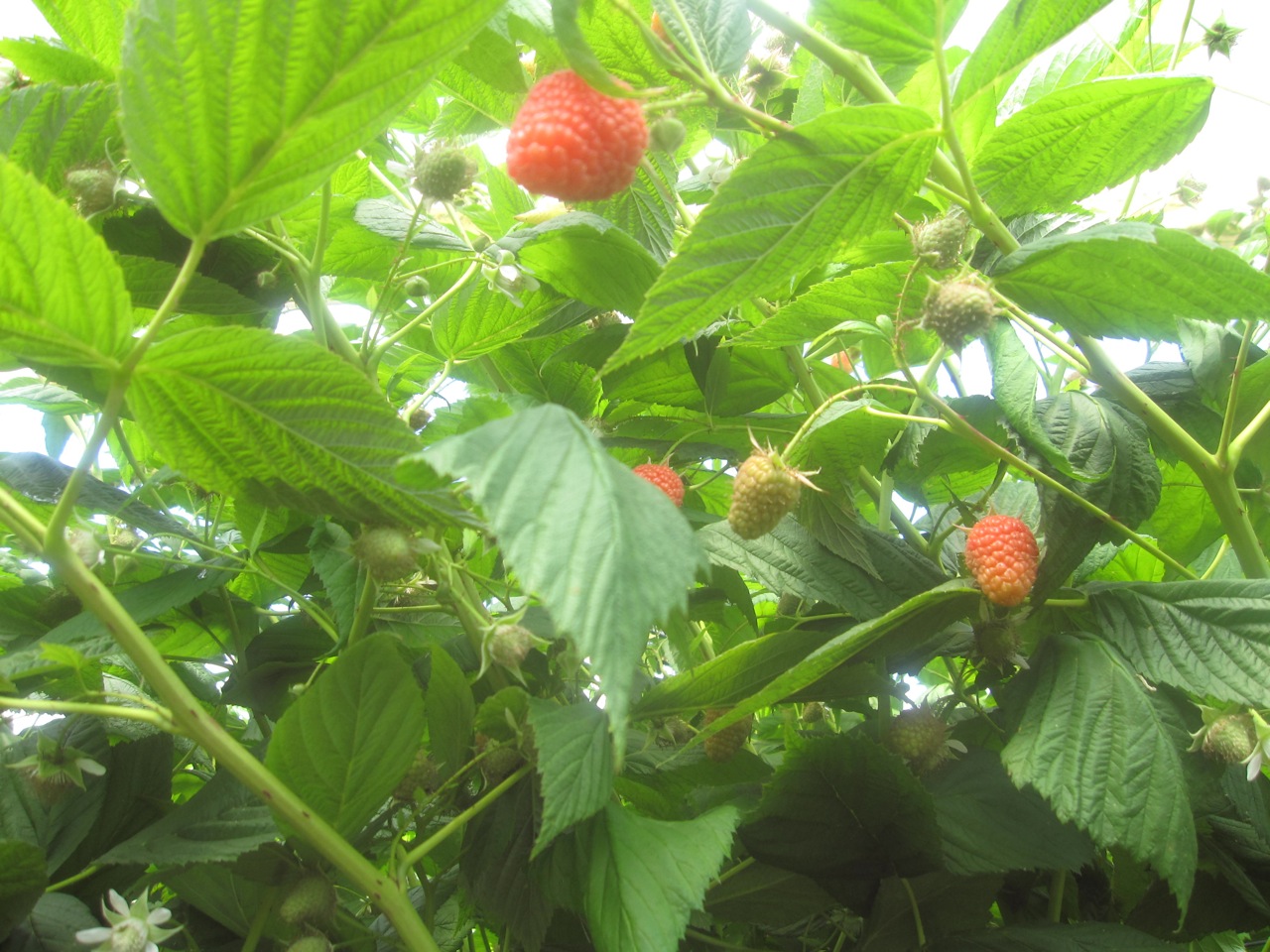 Just sixty miles south of AIM is the Pajaro Valley, one of the richest agricultural regions of the world, an ideal location for fresh berries, vegetables, and flowers. But the valley’s water source is a confined aquifer that is slowly being depleted. With California now in the third consecutive year of drought, the problem is even more acute. There is hope, however, that the overdraft can be remedied and the water usage brought back into balance by using a combination of strategies. Mathematically, the problem can be modeled as a large constrained optimization problem, which is exactly what an AIM workshop began working on a little over three years ago.
Just sixty miles south of AIM is the Pajaro Valley, one of the richest agricultural regions of the world, an ideal location for fresh berries, vegetables, and flowers. But the valley’s water source is a confined aquifer that is slowly being depleted. With California now in the third consecutive year of drought, the problem is even more acute. There is hope, however, that the overdraft can be remedied and the water usage brought back into balance by using a combination of strategies. Mathematically, the problem can be modeled as a large constrained optimization problem, which is exactly what an AIM workshop began working on a little over three years ago.
How can we solve this problem? In January of 2011, AIM held a Sustainability Problems workshop, with the goal of bringing together mathematicians and industry representatives to work on a variety of sustainability problems, including renewable energy, air quality, water management, and other environmental issues. One of the industrial participants was Driscoll’s, whose associated growers are the largest supplier of fresh berries in North America. Three Driscoll’s employees teamed up with nine applied mathematicians to evaluate how various water and land management techniques could be utilized by landowners and growers to work towards balancing aquifer levels. Since the week of the workshop and with followup activity in an AIM SQuaRE program, the team has made significant progress in the creation of a virtual farm model to study alternative crop management strategies and their effect on water usage and profit.
The current version of the virtual farm model implements a framework for simulating a 100-acre model farm with selections from 5 different crop types (3 berry crops, 1 vegetable crop, and a cover crop or fallowing). The framework acts as a virtual farmer, planting and moving crops around the farm using various planting rules as constraints. The profits realized from the virtual farm and irrigation constraints are computed. These values are used to evaluate strategies using different objectives such as maximizing profit, minimizing water usage, and minimizing deviation from current demand.
Dan Balbas, Vice President for Operations for Reiter Affliated Companies, (a Driscoll’s associated grower) said, “the results of the optimization program validated much of what the growers thought before and gave validation and new information to our crop growing strategies.”
The team also investigated a surface water analysis to understand feasible ways to capture rainfall for re-infiltration (or recharging) into the aquifer. The latest version of the farm model also includes scenarios under which stakeholders could allocate land for the construction of a managed aquifer recharge network, giving optimal sizes of the recharge basins based on maximizing recharge while minimizing construction cost.
Driscoll’s has also spearheaded a community effort to help solve the overdraft problem. Pajaro Valley community members are working in smaller groups on a number of additional strategies, including the determination and promotion of best practices for irrigation and the identification of the most promising areas in the valley for aquifer recharge projects.
from the Santa Cruz Sentinel (2/28/2014) describing several efforts to achieve a sustainable water yield



